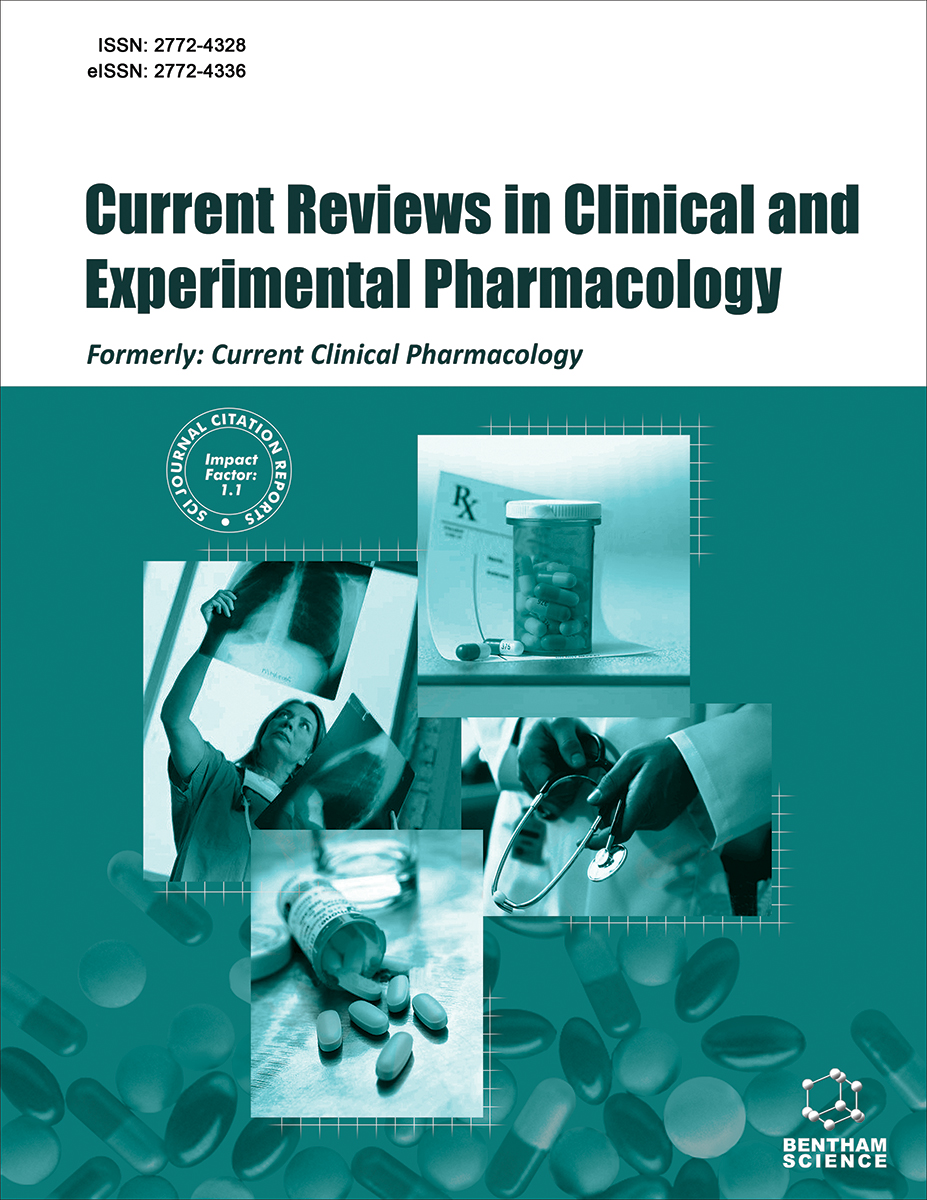
Full text loading...
We use cookies to track usage and preferences.I Understand
Predictions are made by artificial intelligence, especially through machine learning, which uses algorithms and past knowledge. Notably, there has been an increase in interest in using artificial intelligence, particularly generative AI, in the pharmacovigilance of pharmaceuticals under development, as well as those already in the market. This review was conducted to understand how generative AI can play an important role in pharmacovigilance and improving drug safety monitoring. Data from previously published articles and news items were reviewed in order to obtain information. We used PubMed and Google Scholar as our search engines, and keywords (pharmacovigilance, artificial intelligence, machine learning, drug safety, and patient safety) were used. In toto, we reviewed 109 articles published till 31st January 2024, and the obtained information was interpreted, compiled, evaluated, and conclusions were reached. Generative AI has transformative potential in pharmacovigilance, showcasing benefits, such as enhanced adverse event detection, data-driven risk prediction, and optimized drug development. By making it easier to process and analyze big datasets, generative artificial intelligence has applications across a variety of disease states. Machine learning and automation in this field can streamline pharmacovigilance procedures and provide a more efficient way to assess safety-related data. Nevertheless, more investigation is required to determine how this optimization affects the caliber of safety analyses. In the near future, the increased utilization of artificial intelligence is anticipated, especially in predicting side effects and Adverse Drug Reactions (ADRs).

Article metrics loading...

Full text loading...
References


Data & Media loading...

